Table of Contents
If you're searching for the most essential common spices for your kitchen, you need these five: black pepper, garlic powder, cumin, paprika, and cinnamon. These versatile spices form the foundation of most cuisines worldwide and can transform basic ingredients into restaurant-quality meals. Let's explore exactly how to use them, how long they last, and what to look for when buying.

The 5 Essential Spices Every Kitchen Needs
Based on culinary expert recommendations and versatility across cuisines, these five common spices should be your pantry foundation:
- Black Pepper - Use 1/4 teaspoon per serving for meats, 1/8 teaspoon for delicate dishes. Freshly cracked provides superior flavor.
- Garlic Powder - Substitute 1/8 teaspoon for one fresh clove. Ideal for rubs and sauces where fresh garlic might burn.
- Cumin - Add 1/2 teaspoon per pound of meat for chili or tacos. Toast whole seeds before grinding for maximum flavor.
- Paprika - Use 1 teaspoon for color and mild flavor in stews, 1/2 teaspoon for seasoning meats before grilling.
- Cinnamon - Use 1/4 teaspoon in savory dishes like Moroccan tagines, 1/2 teaspoon in baked goods.
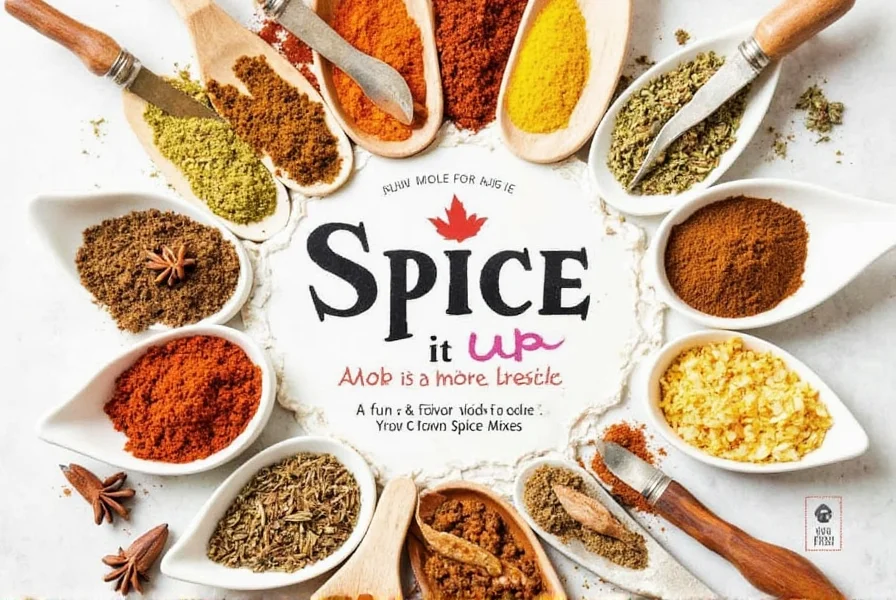
Complete Guide to Common Spices
Understanding proper usage ratios is critical for successful spice application. Here's what culinary professionals recommend:
| Spice | Flavor Profile | Usage Ratio | Best Pairings | Common Mistakes |
|---|---|---|---|---|
| Cumin | Earthy, warm, slightly bitter | 1/2 tsp per pound of meat | Coriander, chili powder, garlic | Burning during toasting (toast 1-2 minutes max) |
| Paprika | Sweet to smoky | 1 tsp for color/flavor in stews | Onion, garlic, black pepper | Using old paprika (loses color rapidly) |
| Oregano | Pungent, earthy, slightly bitter | 1/2 tsp dried per cup of sauce | Tomatoes, garlic, basil | Adding too early in cooking (add in last 10 minutes) |
| Garlic Powder | Concentrated savory | 1/8 tsp = 1 fresh clove | Onion powder, paprika, thyme | Overusing in delicate dishes |
| Cinnamon | Warm, sweet, woody | 1/4 tsp in savory, 1/2 tsp in sweet | Nutmeg, cloves, allspice | Using cassia when Ceylon is needed |
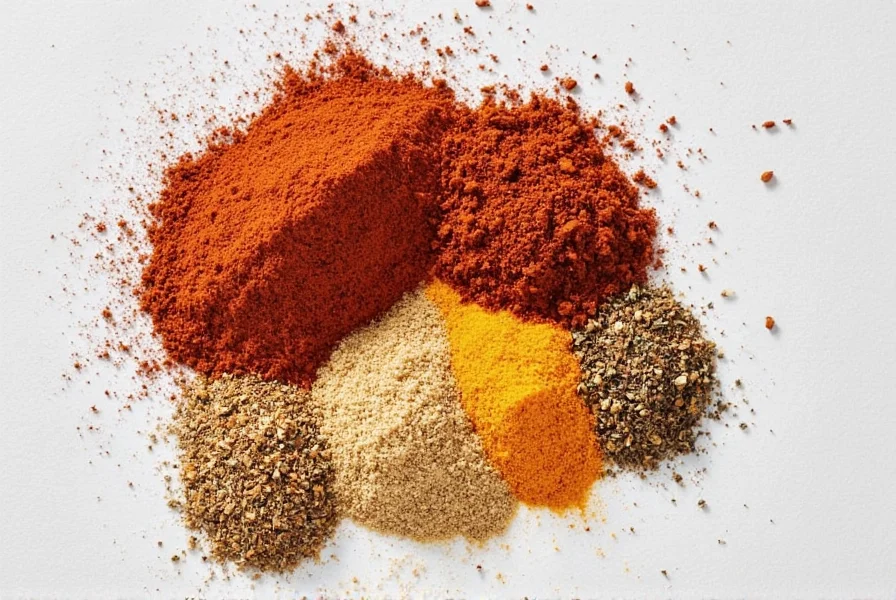
How to Use Spices Properly: Expert Tips
Professional chefs follow these evidence-based practices for maximum flavor impact:
- Timing Matters: Add dried spices early in cooking for soups/stews (15-20 minutes before completion), but add delicate spices like basil in the last 5-10 minutes
- Heat Activation: Toast whole spices like cumin seeds in dry pan for 1-2 minutes until fragrant before grinding - increases flavor compounds by up to 300%
- Ratios are Critical: For spice blends, maintain 3:2:1 ratio (base:supporting:accent) - example: 3 parts cumin, 2 parts coriander, 1 part cayenne
- Fat Carries Flavor: Bloom spices in oil first (30 seconds on medium heat) to release fat-soluble flavor compounds before adding liquids
- Avoid Clumping: Mix spices with a small amount of dry ingredient (like flour) before adding to wet mixtures
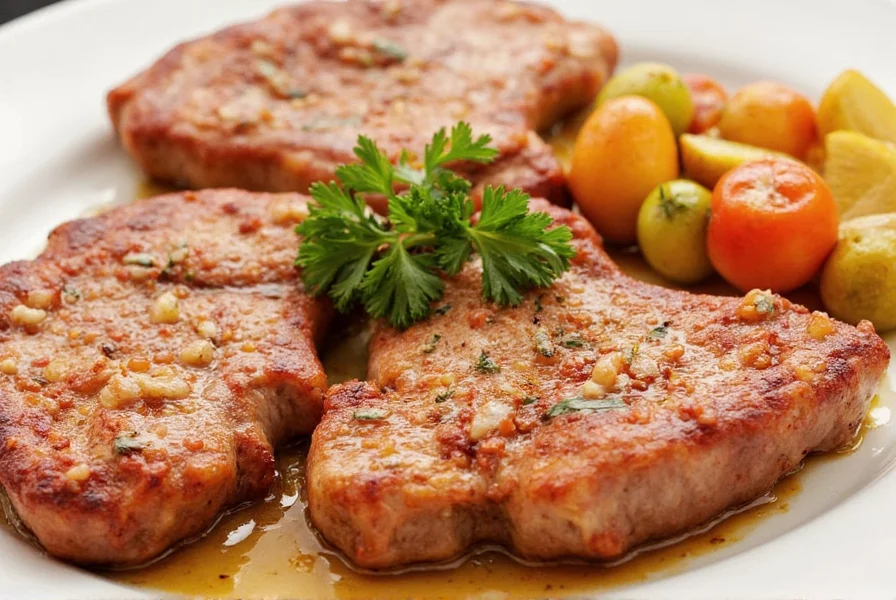
Spice Storage Guide: Maximize Freshness
Proper storage extends spice potency significantly. Follow these storage guidelines:
- Light Exposure: Store in opaque containers - light degrades spice compounds 50% faster than in dark conditions
- Temperature Control: Keep below 70°F (21°C) - for every 10°C increase, degradation rate doubles
- Moisture Prevention: Never store above stove - humidity reduces shelf life by 30-50%
- Whole vs. Ground: Whole spices last 2-4 years, ground spices 6-24 months depending on type
- Freezer Storage: For long-term preservation, whole spices can be frozen with minimal quality loss
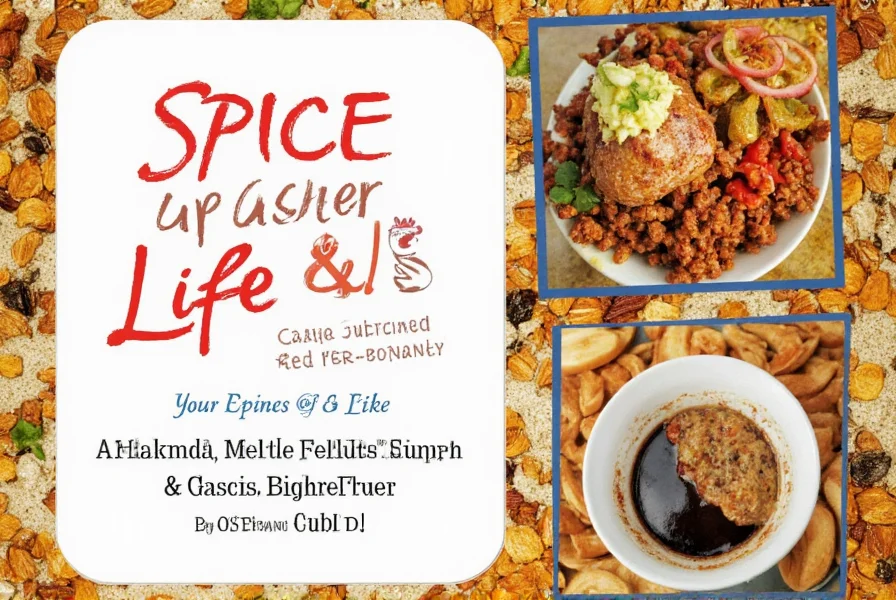
What to Look for When Buying Spices
Maximize value and quality with these purchasing guidelines:
- Color Intensity: Vibrant paprika should be deep red, not faded orange. Turmeric should be bright yellow-orange
- Aroma Test: Fresh spices should have strong, distinctive smell when container is opened
- Origin Matters: Ceylon cinnamon (Sri Lanka) is milder than Cassia (China/Vietnam), ideal for delicate dishes
- Packaging Date: Look for "packed on" date rather than "best by" - spices lose potency months before expiration
- Grind Consistency: Should be uniform powder without large chunks or excessive dust
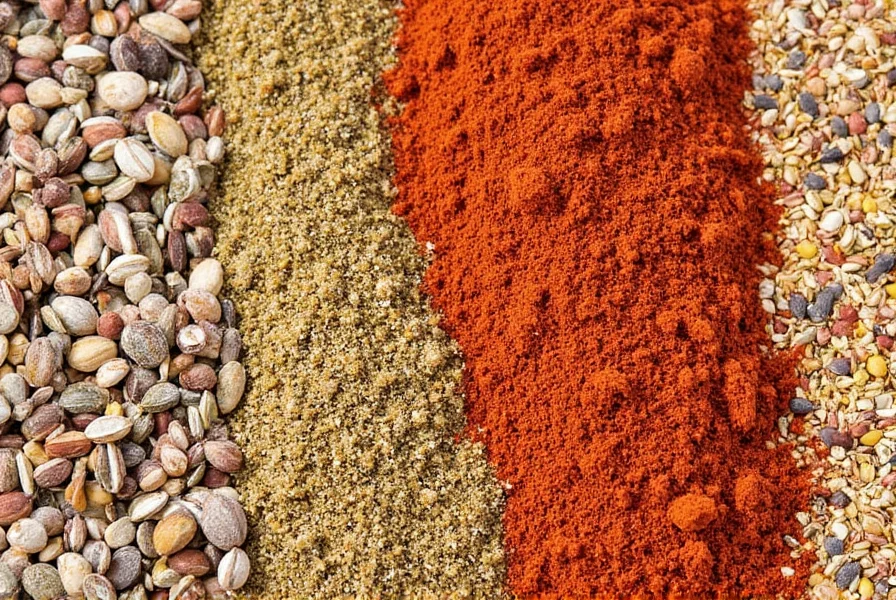
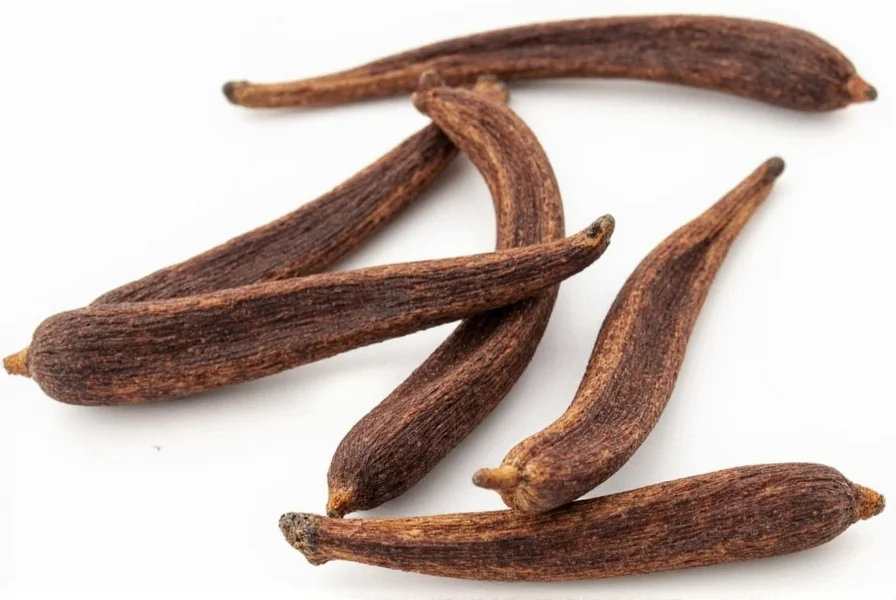
Frequently Asked Questions About Common Spices
What are the 5 most essential spices every kitchen should have?
Black pepper, garlic powder, cumin, paprika, and cinnamon form the essential foundation. Black pepper adds depth to nearly all dishes (use 1/4 tsp per serving), garlic powder provides convenient savory notes (1/8 tsp = 1 fresh clove), cumin brings earthiness to global cuisines (1/2 tsp per pound of meat), paprika offers color and flavor (1 tsp for stews), and cinnamon works surprisingly well in both sweet and savory applications (1/4 tsp in savory dishes).
How long do spices last before losing potency?
Whole spices maintain full potency for 3-4 years when stored properly, while ground spices last 2-3 years. The critical factor is storage conditions - exposure to light, heat, and moisture accelerates degradation. Test potency by smelling: fresh spices should have a strong, distinctive aroma. If they smell dull or musty, they've lost 50%+ of their flavor compounds and should be replaced.
What's the difference between herbs and spices?
Herbs come from leafy plant parts (basil, oregano), while spices derive from seeds (cumin), roots (ginger), bark (cinnamon), or flowers (cloves). Herbs are generally milder and used in larger quantities, while spices provide intense flavor in smaller amounts. Most herbs grow in temperate climates and are used fresh or dried, while most spices originate from tropical regions and are almost always used dried. Understanding this distinction helps with proper substitution and usage.
Can I substitute fresh herbs for dried spices?
Yes, but with precise conversion: use 1 teaspoon dried spice for every tablespoon of fresh herbs. Dried spices are 3x more concentrated. Note that some spices like cinnamon have no fresh herb equivalent. For garlic and onion, fresh versions provide brighter flavor while powders offer consistent seasoning throughout cooking. Never substitute dried herbs for spices at 1:1 ratio - this commonly results in overpowering dishes.
How should I store spices to keep them fresh?
Store spices in airtight containers away from heat, light, and moisture. A dark cupboard at least 6 feet from your stove is ideal. Avoid clear containers - opaque packaging preserves potency 30% longer. Whole spices maintain quality significantly longer than ground, so consider buying whole spices and grinding as needed. Proper storage can extend shelf life by 50% compared to improper storage conditions.
What spices go well together in cooking?
Proven combinations include: cumin and coriander (Indian/Middle Eastern dishes - use 2:1 ratio), paprika-garlic-onion powder (American BBQ - 1:1:1 ratio), cinnamon-nutmeg-cloves (baking - 2:1:1 ratio), and oregano-garlic-black pepper (Mediterranean - 1:1:1/2 ratio). The key is balancing earthy, sweet, and pungent elements while maintaining proper ratios to prevent any single spice from dominating the flavor profile.
Are there health benefits to using common spices?
Yes, with scientific backing: cinnamon may help regulate blood sugar (1/2 tsp daily), garlic contains allicin supporting cardiovascular health, cumin aids digestion, and cloves have eugenol with antimicrobial properties. While spices shouldn't replace medical treatment, incorporating diverse spices contributes to overall wellness through antioxidant and anti-inflammatory effects. Turmeric (with black pepper for absorption) shows particular promise in clinical studies.
How can I tell if my spices have gone bad?
Spices lose potency but rarely spoil. The smell test is most reliable - fresh spices should have strong, distinctive aroma. If scent is faint or musty, potency has dropped significantly. Taste test: weak or one-dimensional flavor indicates degradation. Visually, spices shouldn't clump (except naturally sticky ones like cinnamon) and should maintain characteristic color. If spices fail these tests, they've likely lost 50-70% of their flavor compounds and should be replaced.

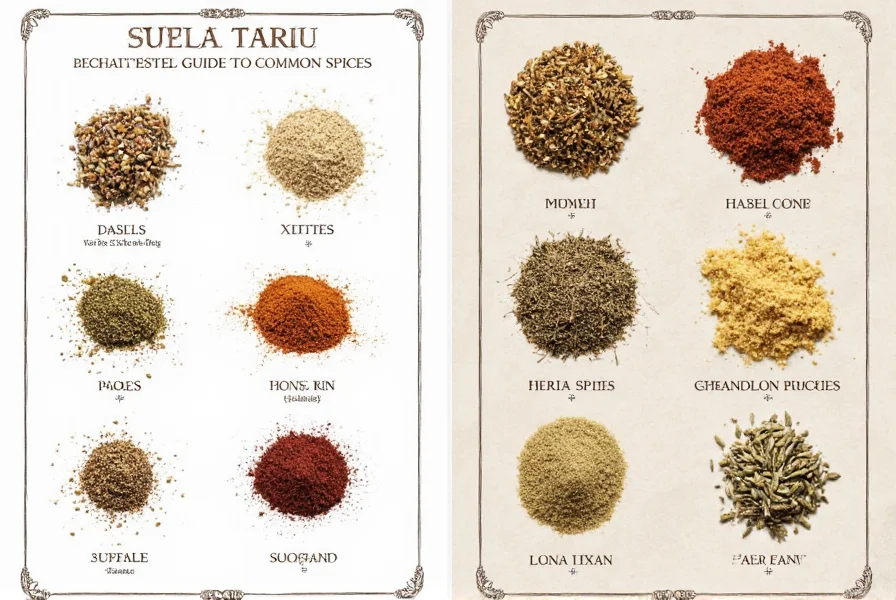









 浙公网安备
33010002000092号
浙公网安备
33010002000092号 浙B2-20120091-4
浙B2-20120091-4